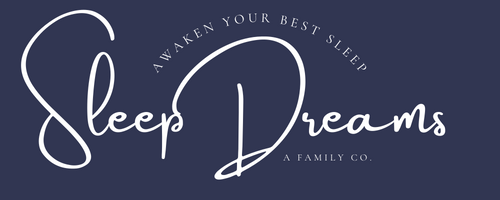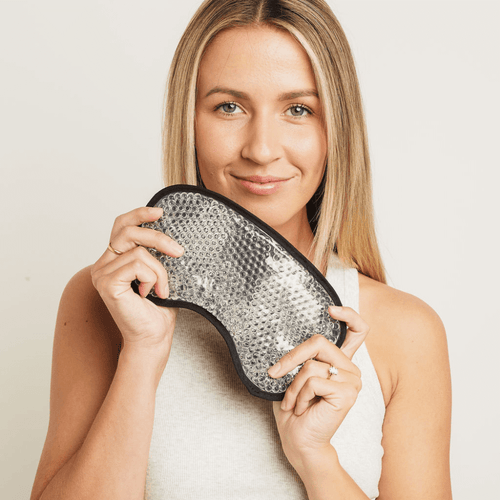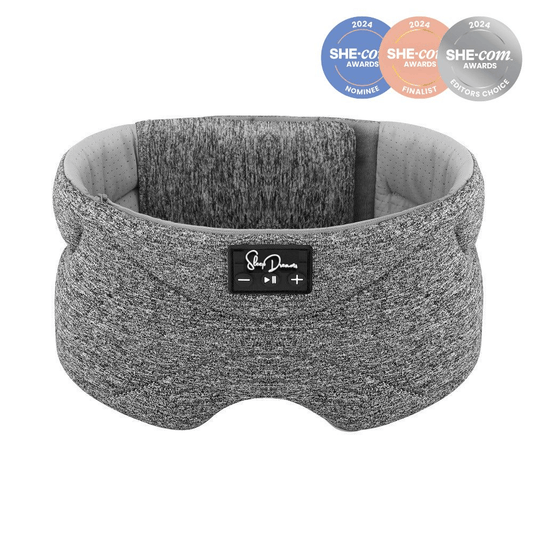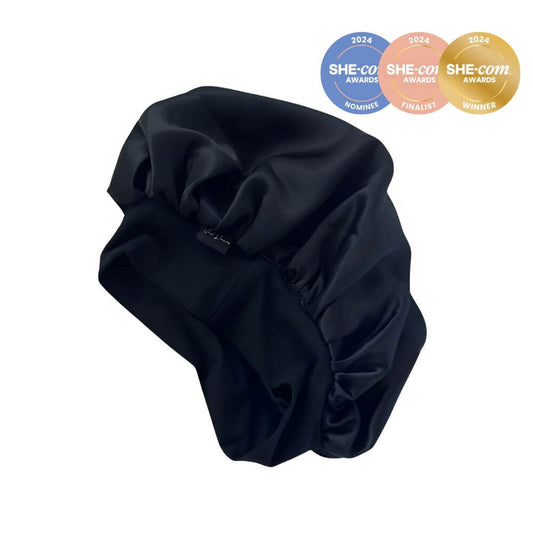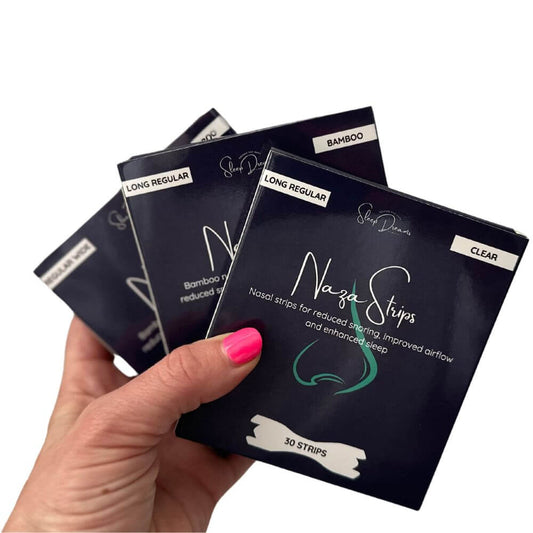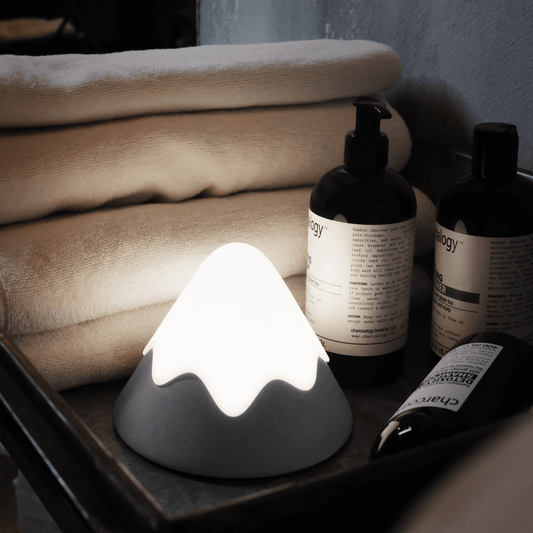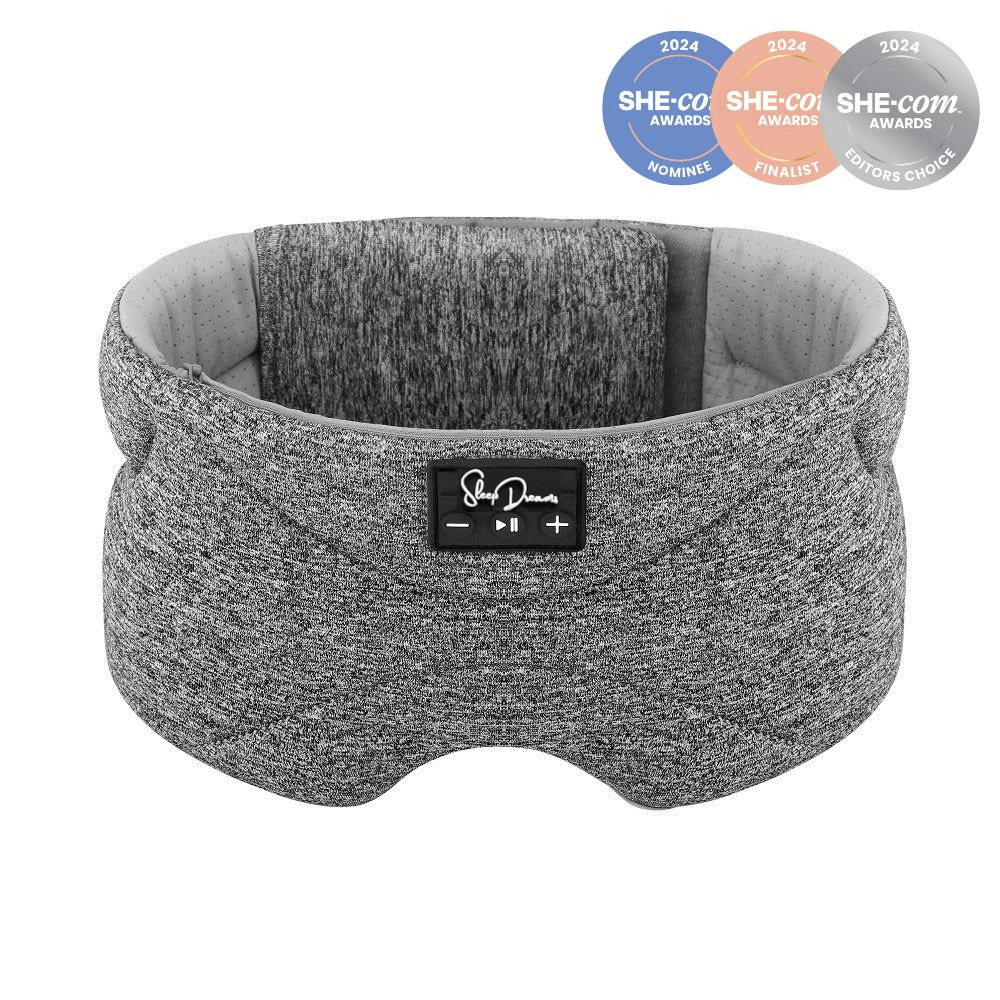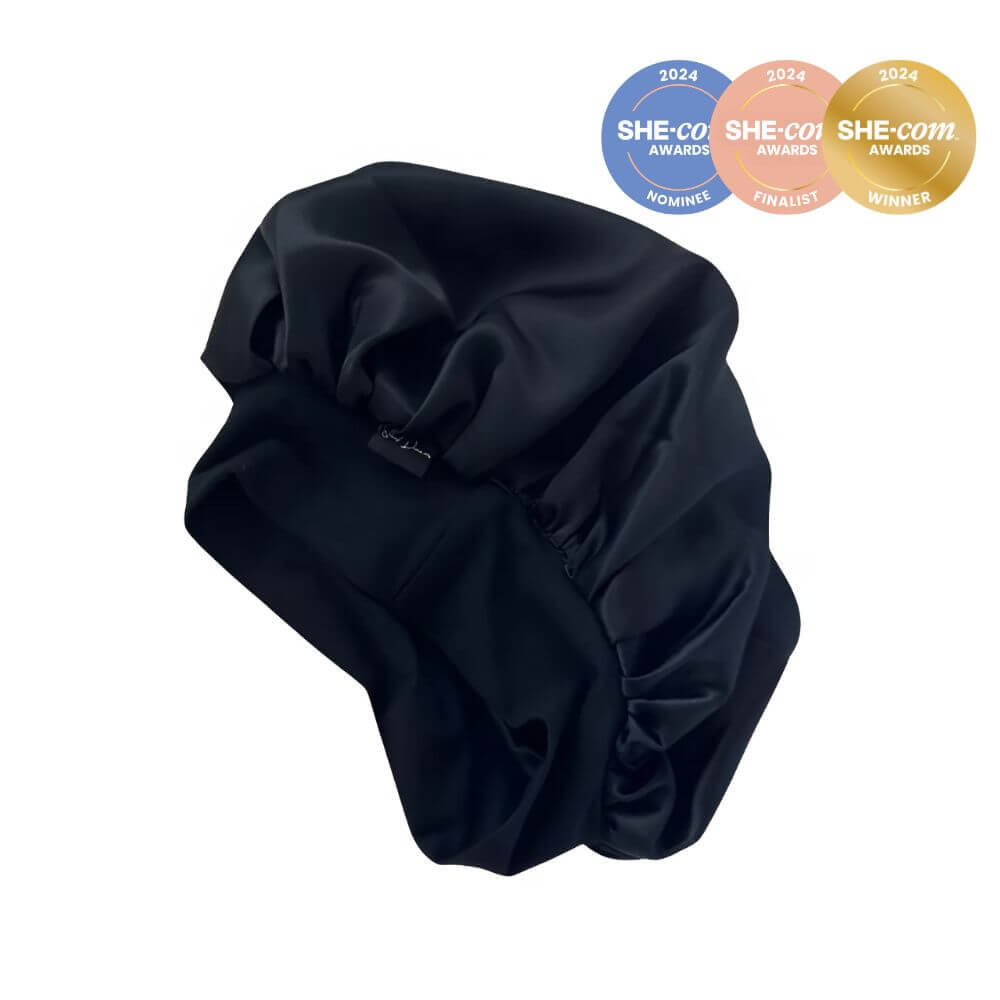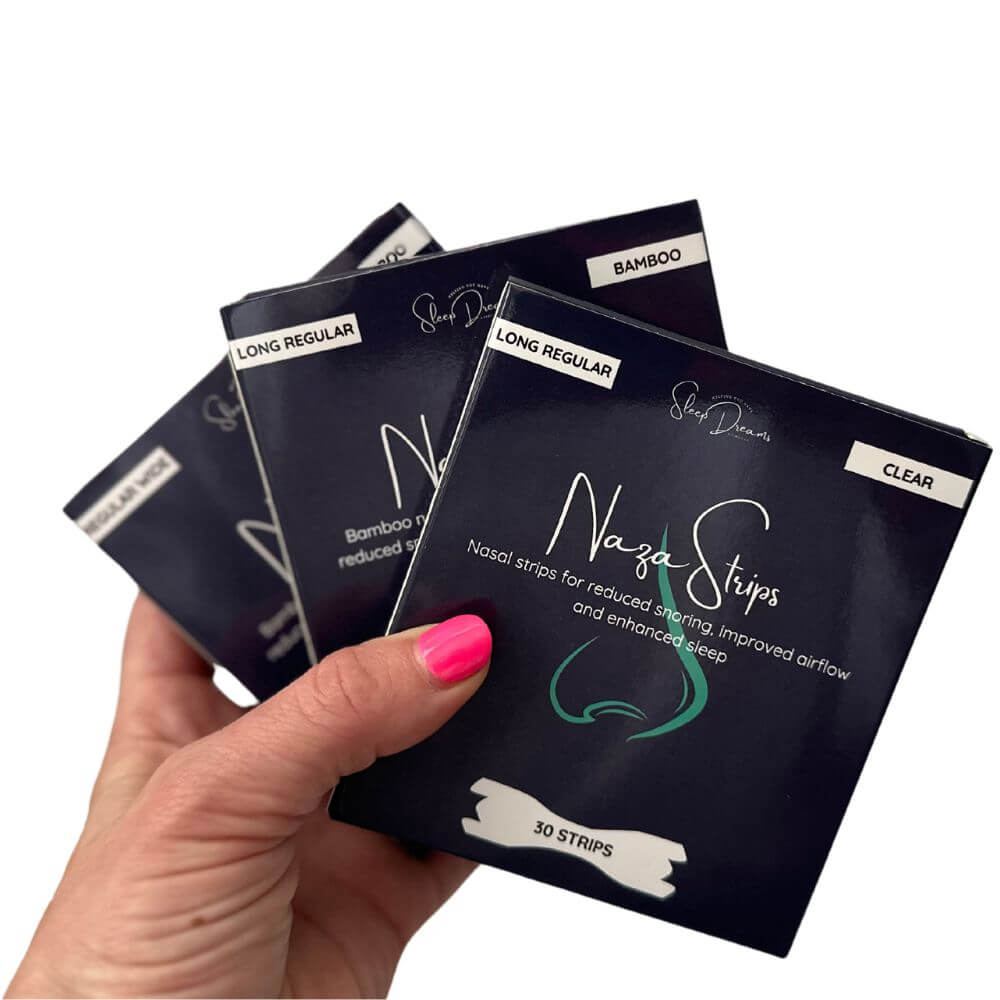Microcurrent devices are gaining traction as more people seek non-invasive, non-medicated solutions to relax, unwind, and sleep better. Devices like EazyPulse™ and HeadaTerm™ offer tech-based calm in your palm or on your forehead - no pills required.
Sleep issues, anxiety, and stress have become common struggles in modern life. With so much stimulation and constant pressure, it’s no surprise people are searching for smarter solutions. Microcurrent therapy blends traditional acupressure wisdom with modern technology to help calm your system fast. But are they really worth it and do they really work?
Well first let's get a view of what these devices are.
What Are Microcurrent Devices?
Microcurrent devices deliver gentle electrical pulses - very low-level stimulation designed to mimic your body’s natural bioelectric signals. Think of it as a subtle nudge, not a jolt.
When placed on targeted points like your palm or forehead, these pulses work with your nervous system to promote calm. It’s often described as pressing your body’s internal “reset” button.
The sensation is light but noticeable. While the current is much softer than anything used in physical therapy, it still activates pressure points and nerve endings in a way that signals safety to your brain. This can help slow racing thoughts, ease physical tension, and guide your body into a more restful state.
If you’re new to pulse technology, the feeling might be unexpected - some people are surprised by how clearly they can feel the pulses. As with most things, experiences vary. Some people love it right away, while others don’t quite see the logic. The best way to know? Try it for yourself.
The Science Behind It
Most palm-held devices target the PC8 point (Lao Gong), a traditional acupressure spot linked to relaxation and mental clarity.
-
Left hand: Low-frequency stimulation helps calm the mind, ease anxiety, and prepare for sleep.
-
Right hand: Higher-frequency stimulation helps lift mood, boost focus, and energise.
It’s a simple switch in hand, but a big shift in brain state.

Brainwave frequencies correspond to these modes too. Low frequencies promote theta and delta waves, which are associated with deep relaxation and sleep. Higher frequencies activate beta waves linked to alertness and cognitive function. It’s a gentle way to guide your brain into the state you need, without overstimulation or side effects.
How People Use Microcurrent Devices
Microcurrent devices aren’t just for sleep - they’re becoming everyday tools for managing stress, emotions, and mental fatigue. People reach for them in all sorts of moments where they need quick relief or a sense of calm.
Some use them as part of a nightly wind-down routine, while others rely on them during chaotic workdays or emotionally intense moments. They’re discreet, portable, and easy to build into daily life - no complicated setup required.
Here are some common ways people use microcurrent devices:
-
Before bed - Helps quiet mental chatter and prepare the body for rest and sleep
-
At work - Used during short breaks to reset between meetings or after hard conversations
-
On the go - A go-to during flights, public transport, or unfamiliar environments
-
During panic - Offers a fast, grounding sensation when anxiety spikes
-
For migraines - Forehead-based devices like HeadaTerm™ help reduce tension and pain
-
For kids and teens - Parents use them to support emotional regulation during meltdowns or bedtime struggles
Some even use it during meditation, journaling, or after screen time to help reset. Teachers and nurses use it between high-pressure tasks. It's also gaining popularity with people navigating chronic conditions like ADHD, insomnia, or emotional burnout. Microcurrent tools give users back a sense of control when they feel overstimulated or overwhelmed.
EazyPulse™ vs HeadaTerm™
| Feature | EazyPulse™ | HeadaTerm™ |
|---|---|---|
| Use Area | Palm (PC8) | Forehead |
| Purpose | Sleep, anxiety | Migraines, tension |
| Modes | Low & high freq | Single TENS mode |
| Strap or wearable | Wrist | Head strap |
Both are compact and portable.
EazyPulse™ is ideal if you’re struggling with stress or need help winding down at night.
HeadaTerm™ is more focused on pain management, specifically headaches and tension around the forehead. Some people even use both: one for emotional support, the other for physical symptoms. Both options are discreet, lightweight, and simple enough for daily use.
Are They Safe?
For most people, microcurrent devices are very safe to use. They deliver extremely low electrical currents - much gentler than medical-grade machines - and are designed for daily, non-invasive use. Most users experience no side effects and find the sensation relaxing and beneficial.
However, like with any wellness tool, there are some important precautions to keep in mind. These devices may not be suitable for everyone.
Avoid using microcurrent devices if you:
-
Have a pacemaker or any implanted medical device
-
Are pregnant or trying to conceive
-
Have epilepsy or a known seizure disorder
-
Are under 6 years of age
These conditions can interact unpredictably with electrical stimulation, even in small doses. It's always better to be cautious.
If you have any underlying health issues - such as heart conditions, neurological disorders, or recent surgeries - it's best to speak with your doctor before trying a device. This also applies if you're on medications that affect your nervous system or blood pressure.
And as always, follow the instructions included with your device. Start with shorter sessions, avoid using it on broken or irritated skin, and never exceed the recommended usage times.
Used properly, microcurrent devices are a gentle, safe, and empowering tool to support mental and physical wellbeing.
Final Thoughts
As more people look for drug-free, portable solutions to manage anxiety, sleep, and mental overload, microcurrent devices are quickly becoming part of everyday wellness routines. The feedback we’ve received from our community has been powerful - people are sleeping better, feeling calmer, and taking back control of their stress.
We’re committed to creating products that truly support your wellbeing. If microcurrent continues to be helpful, we’ll keep developing new tools and refining our designs based on what you tell us works.
And there’s more to come.
We’re currently developing a new range of bionic breathing products designed to support nervous system regulation through controlled breath patterns. These will complement our microcurrent range and offer even more ways to find calm, especially for people who struggle with overwhelm, anxiety, or sleep disruptions.
The world is noisy. Your wellness tools shouldn’t be.
Whether it’s a device in your palm or a new way to breathe through your day - we’ll keep building tools to help you switch off, drop in, and rest well.

